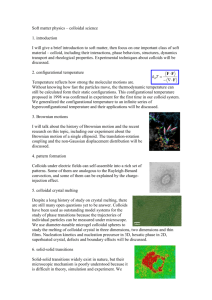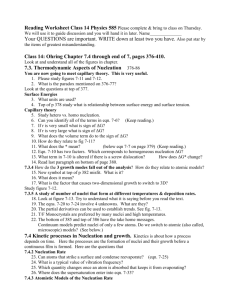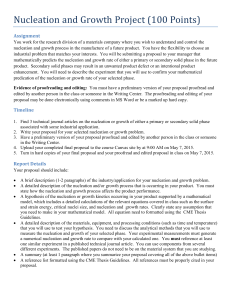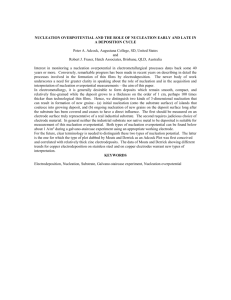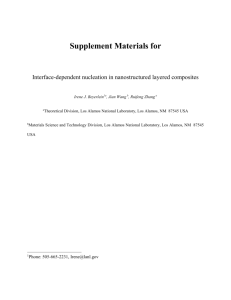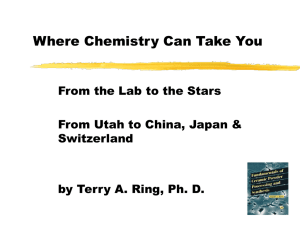Co-authors: Yi Peng, Feng Wang
advertisement
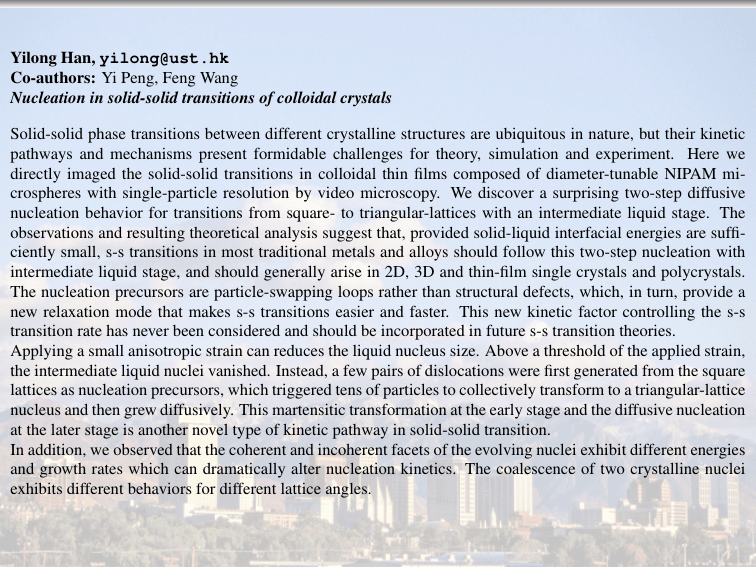
Yilong Han, yilong@ust.hk Co-authors: Yi Peng, Feng Wang Nucleation in solid-solid transitions of colloidal crystals Solid-solid phase transitions between different crystalline structures are ubiquitous in nature, but their kinetic pathways and mechanisms present formidable challenges for theory, simulation and experiment. Here we directly imaged the solid-solid transitions in colloidal thin films composed of diameter-tunable NIPAM microspheres with single-particle resolution by video microscopy. We discover a surprising two-step diffusive nucleation behavior for transitions from square- to triangular-lattices with an intermediate liquid stage. The observations and resulting theoretical analysis suggest that, provided solid-liquid interfacial energies are sufficiently small, s-s transitions in most traditional metals and alloys should follow this two-step nucleation with intermediate liquid stage, and should generally arise in 2D, 3D and thin-film single crystals and polycrystals. The nucleation precursors are particle-swapping loops rather than structural defects, which, in turn, provide a new relaxation mode that makes s-s transitions easier and faster. This new kinetic factor controlling the s-s transition rate has never been considered and should be incorporated in future s-s transition theories. Applying a small anisotropic strain can reduces the liquid nucleus size. Above a threshold of the applied strain, the intermediate liquid nuclei vanished. Instead, a few pairs of dislocations were first generated from the square lattices as nucleation precursors, which triggered tens of particles to collectively transform to a triangular-lattice nucleus and then grew diffusively. This martensitic transformation at the early stage and the diffusive nucleation at the later stage is another novel type of kinetic pathway in solid-solid transition. In addition, we observed that the coherent and incoherent facets of the evolving nuclei exhibit different energies and growth rates which can dramatically alter nucleation kinetics. The coalescence of two crystalline nuclei exhibits different behaviors for different lattice angles.

